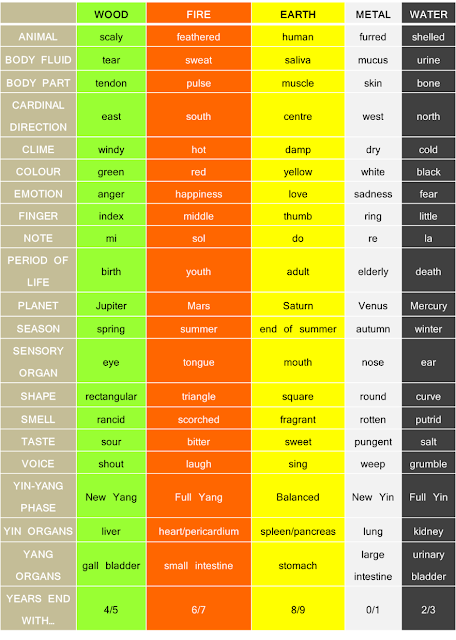I've been practicing Qigong for a number or years. Years ago I began practicing with people in parks and community centers.
- We stretch and strengthen muscles.
- We use breath and movement to tonify internal organs.
- We create space in the joints.
- We encourage movement of blood, lymphatic fluids, and Qi: the bioelectricty that circulates through your body.
- It is one branch of Traditional Chinese Medicine. The others are acupuncture, herbalism, diet, and massage.

- qigong
- qi gong
- chi gong
- chi gung
- chi kung
- Tai Chi, sometimes spelled Taiji is a form of martial arts. That being said, it's a slow, meditative practice. There are strikes and blocks and attempts to knock your opponent off balance.
- It all comes down to intention. First off, we don't have opponents during our Qigong practices. Qi is being cultivated and moved through the body with a healing intention. Both Taiji and Qigong are based on movements inspired by nature.

- We begin a practice by warming up, maybe continuing to uncover what you need or want to learn.
- We purge our bodies and minds of old stuff we don't need to carry around. Lofty ambition, I know. But, just setting that intention really helps.
- We practice breathing. I know, why practice something we do automatically? That's the trick. We learn to guide our breath.
- We practice slow gentle movements that address your needs.
- Then, we close by grounding and talking about what you can do after our practice.
- Qigong is practiced and taught also in Buddhist temples. The Shaolin Buddhist Temple teaches a type of Qigong that appears to move towards the Martial end of the spectrum.
- It is also common to see Medical Qigong practiced in hospitals in China.
- There is also a Spiritual Qigong, which is even more meditative. And Alchemical Qigong... but let's not get ahead of ourselves.
- I practice Taoist Qigong. Taoism is a philosophy based on observations of nature. While there are those who acknowledge and pay reverence to Taoist deities, that's something different.
- I do refer to "heaven" during a practice. But I'm referring to the energy of the sun, the pull of moon, the inspiration of the stars, the movement of the clouds... But please feel free to also give "heaven" a religious significance. Up to you.
- You'll hear me talk about Yin and Yang, often associated with Taoism. Again, I am making reference to nature, sunlight and shade, active and passive.
- Qigong practices support health, vitality and resilience – this is useful for everyone, young and old.
- Athletes find that practicing Qigong supports their physical performance, focus, and recovery.
- Young people experiencing attention challenges learn to focus.
- Office professionals learn how to take short breaks by focusing on breath, or simple stretches or movements even while at their desks.

- We wear comfortable clothes that allow us to move freely.
- You can wear shoes as long as your toes have room to breathe. You can also practice barefoot.
- I will lead you through movements (called "forms") and work with you to adjust to fit the form to your needs.
- Most people feel benefits after their first session. But as with all studies, I can't "fix" you in an hour, it'll be up to you to practice.
- I'll give you resources and practice recommendations after each session.
Brian






































